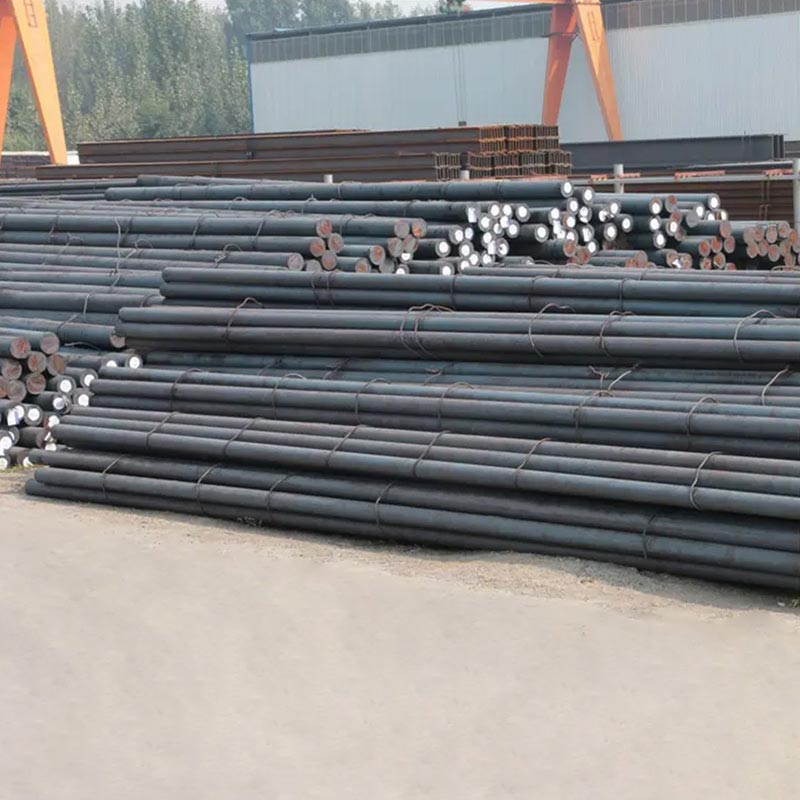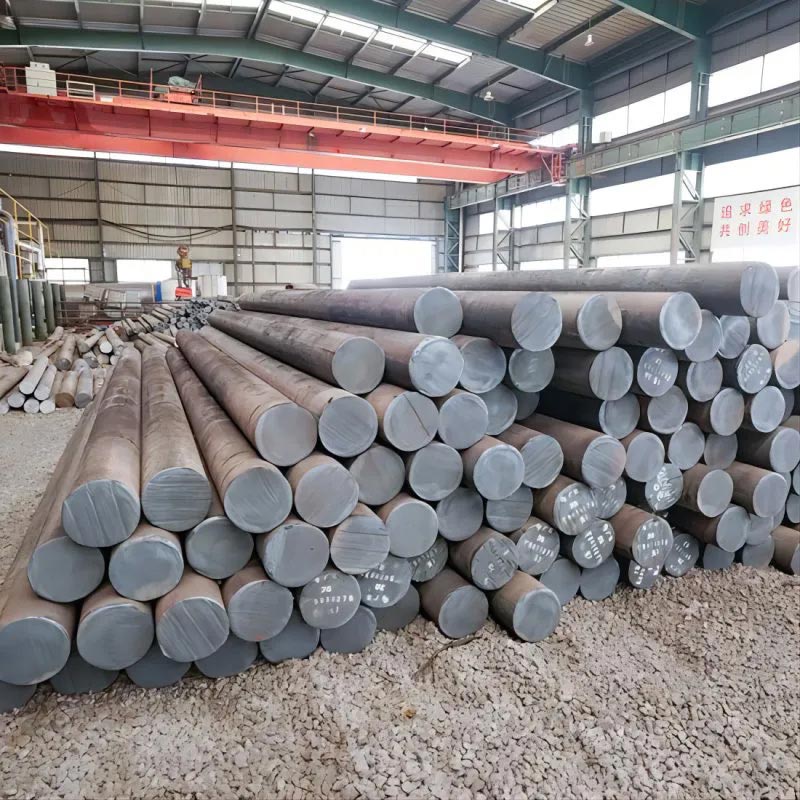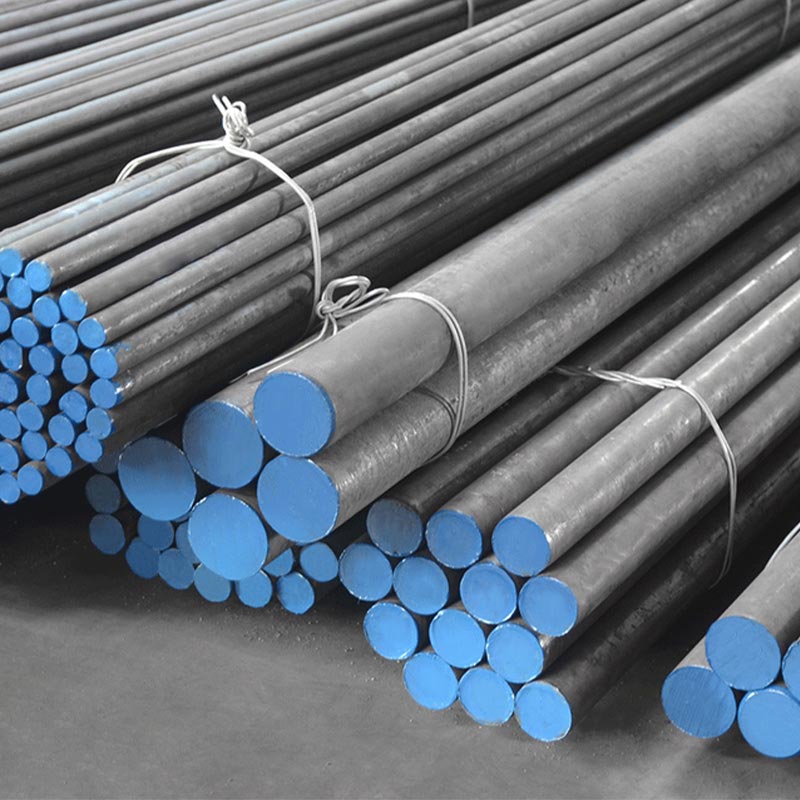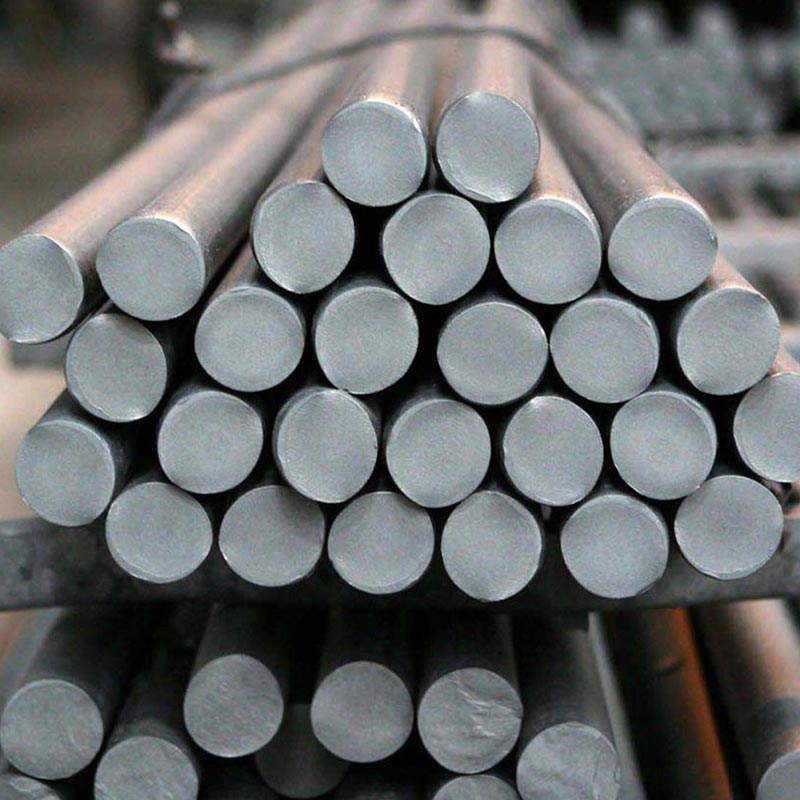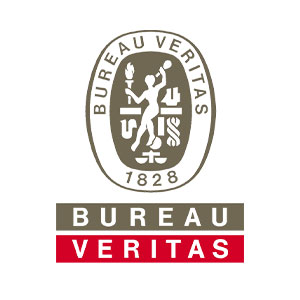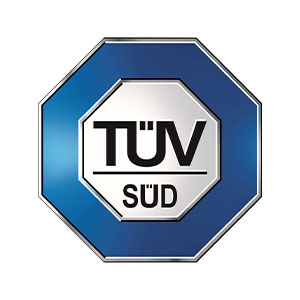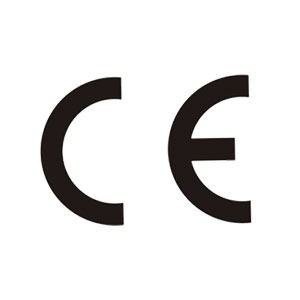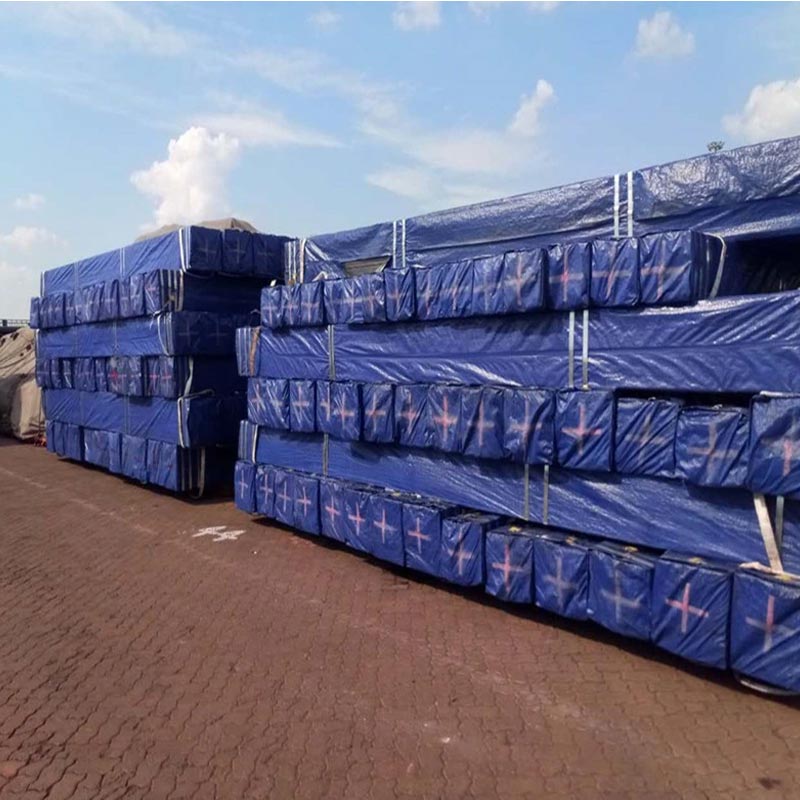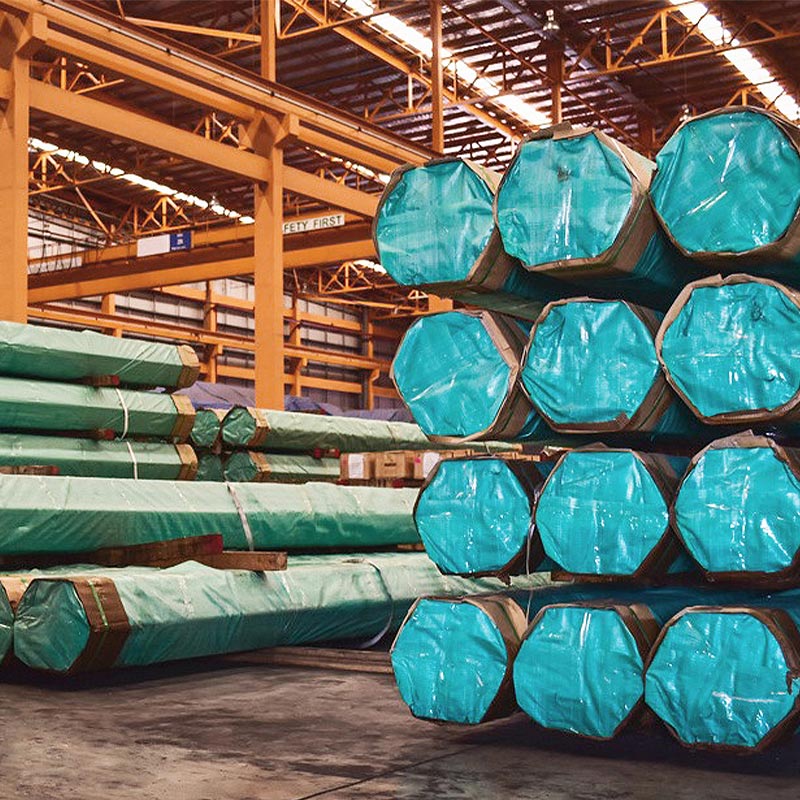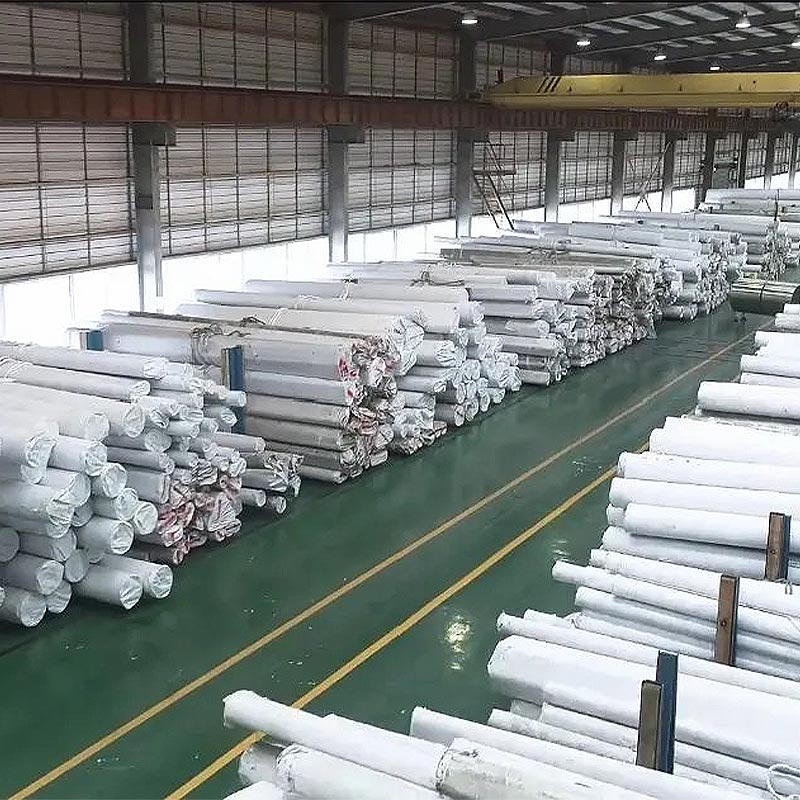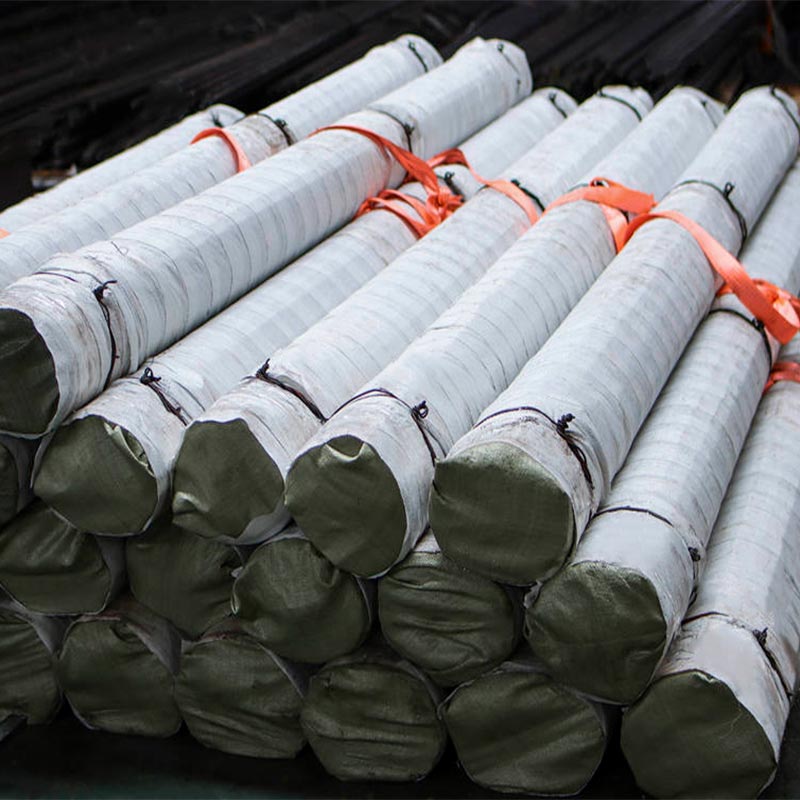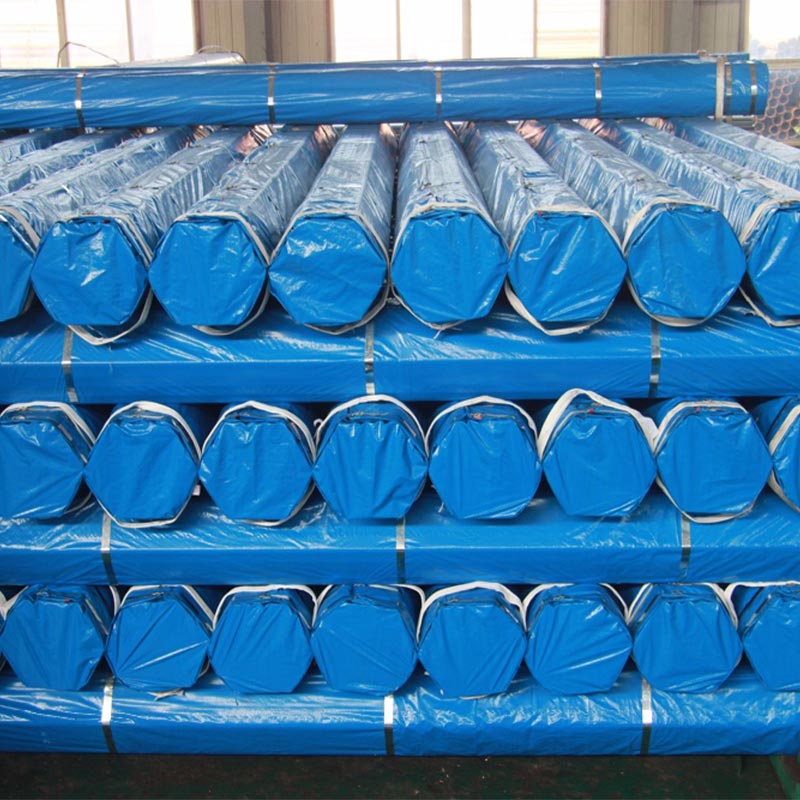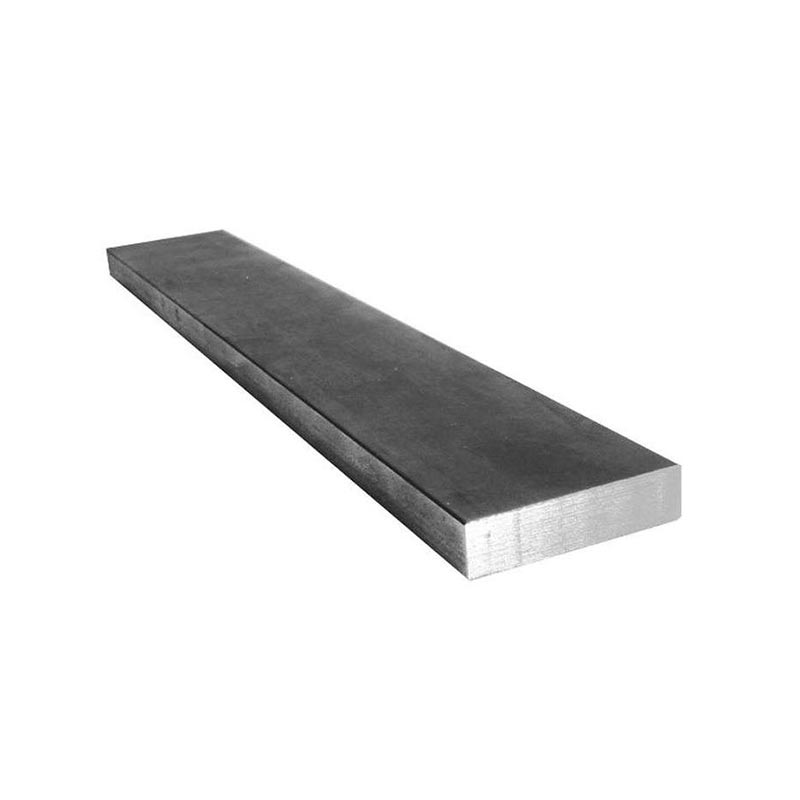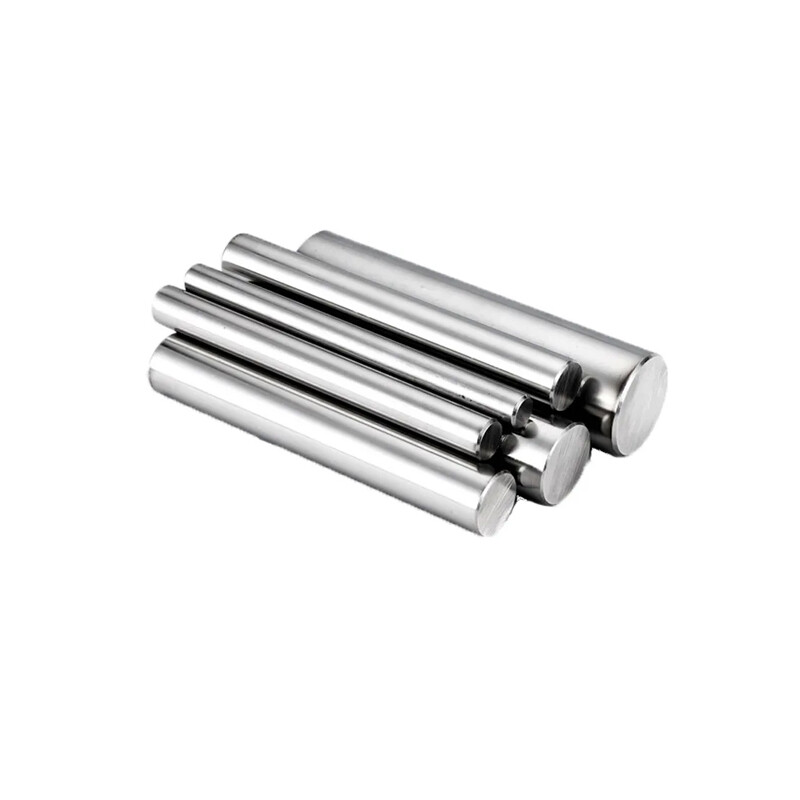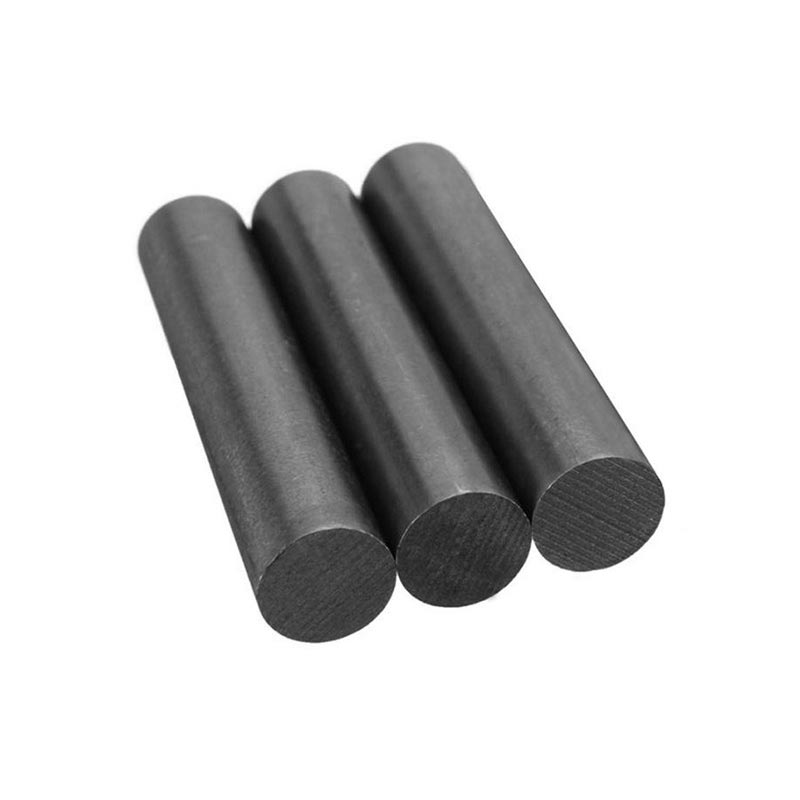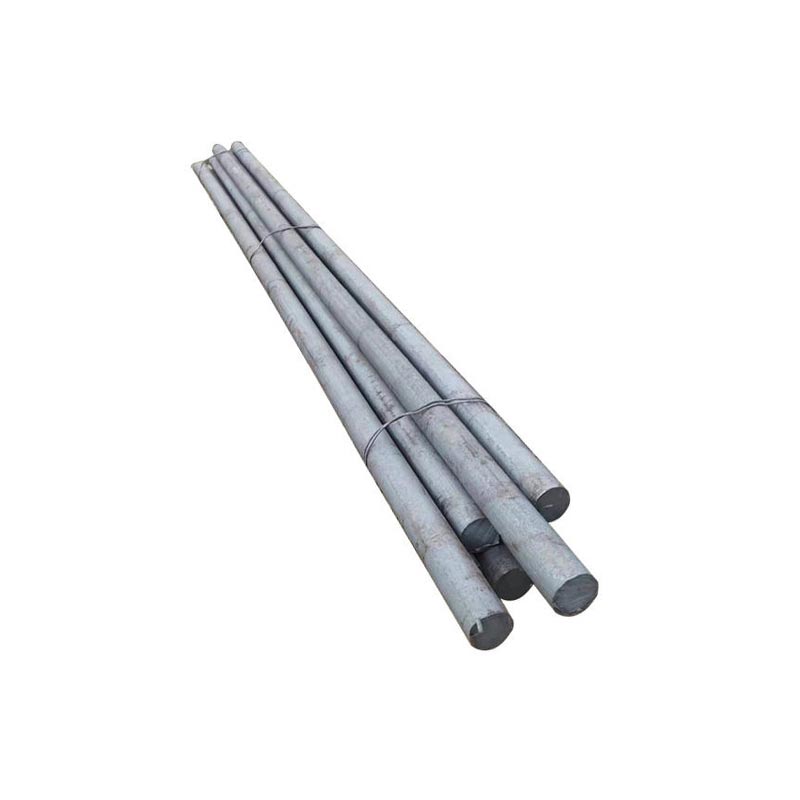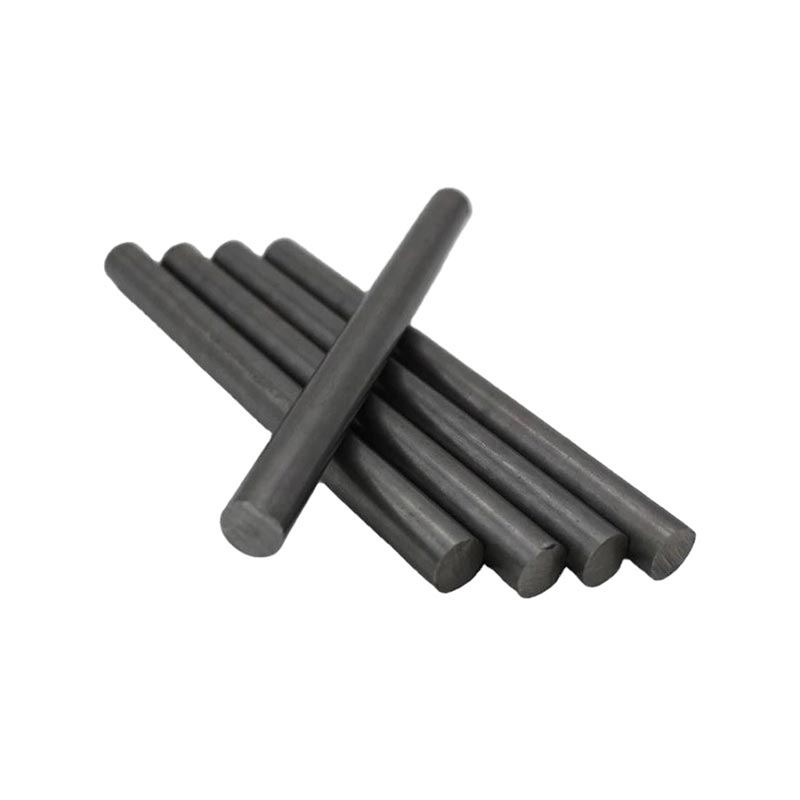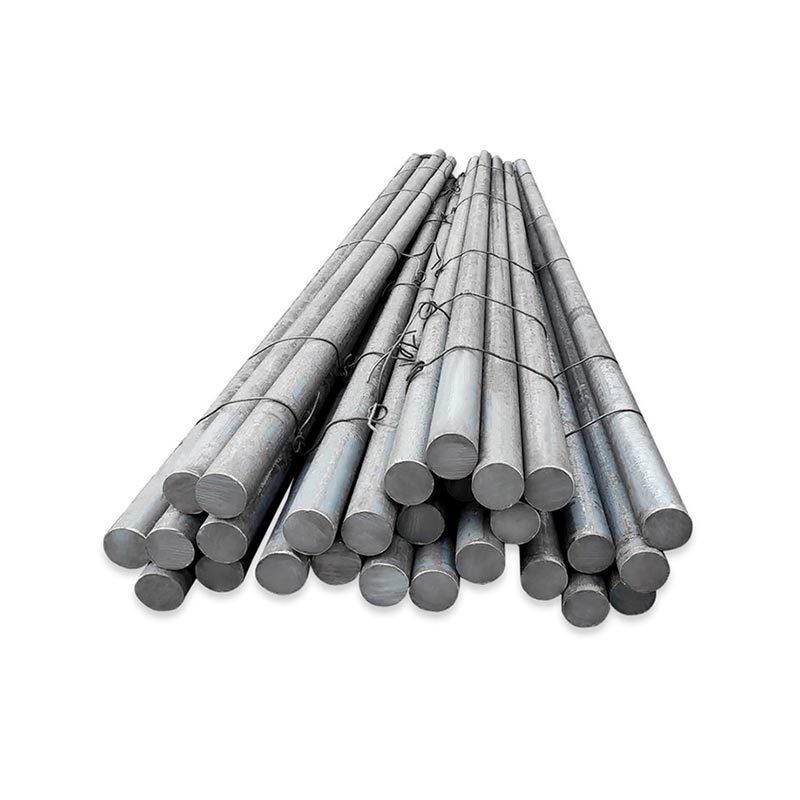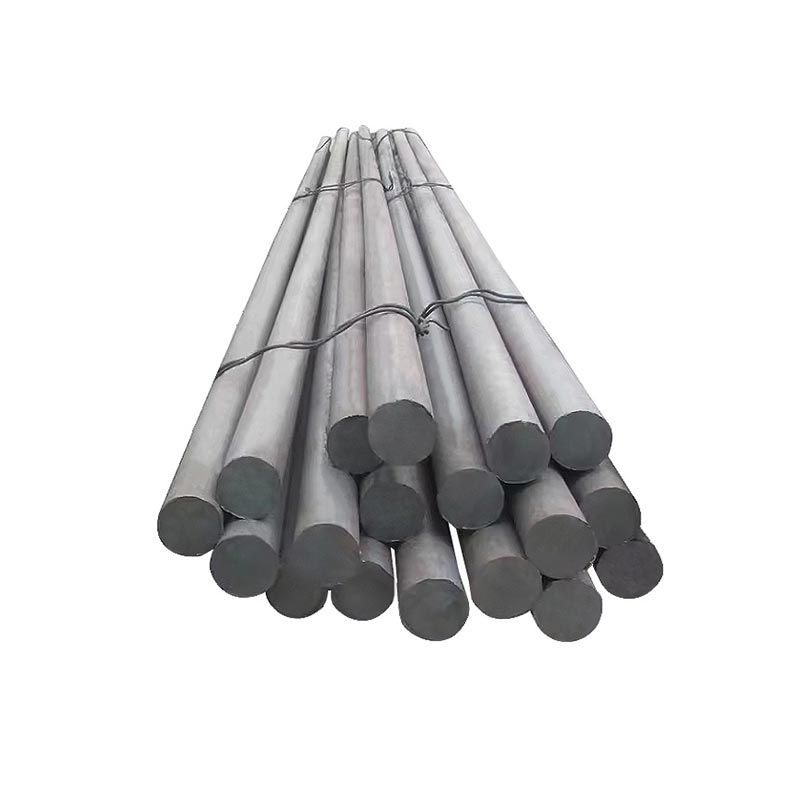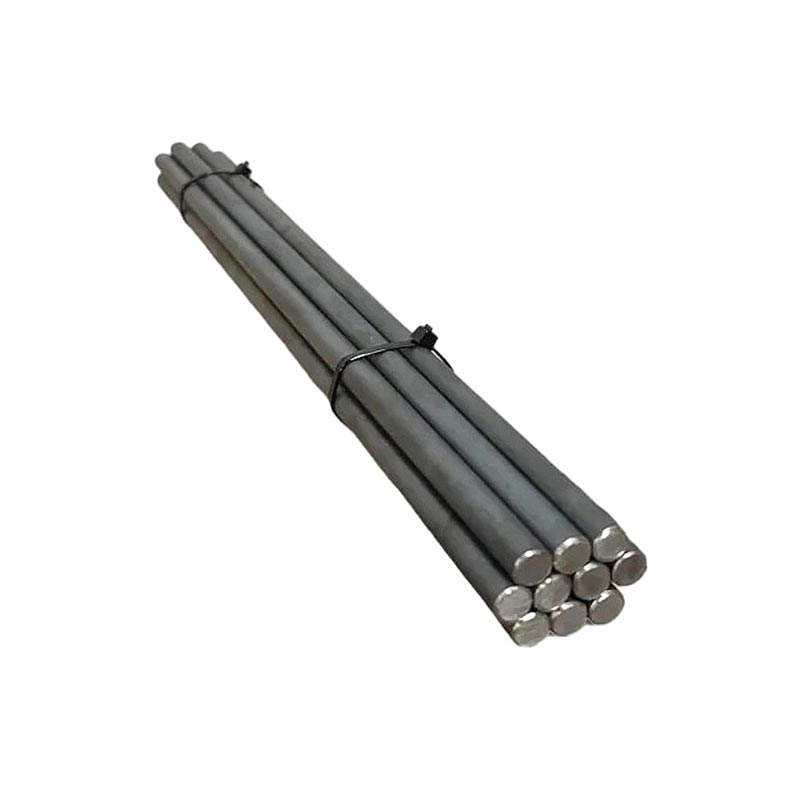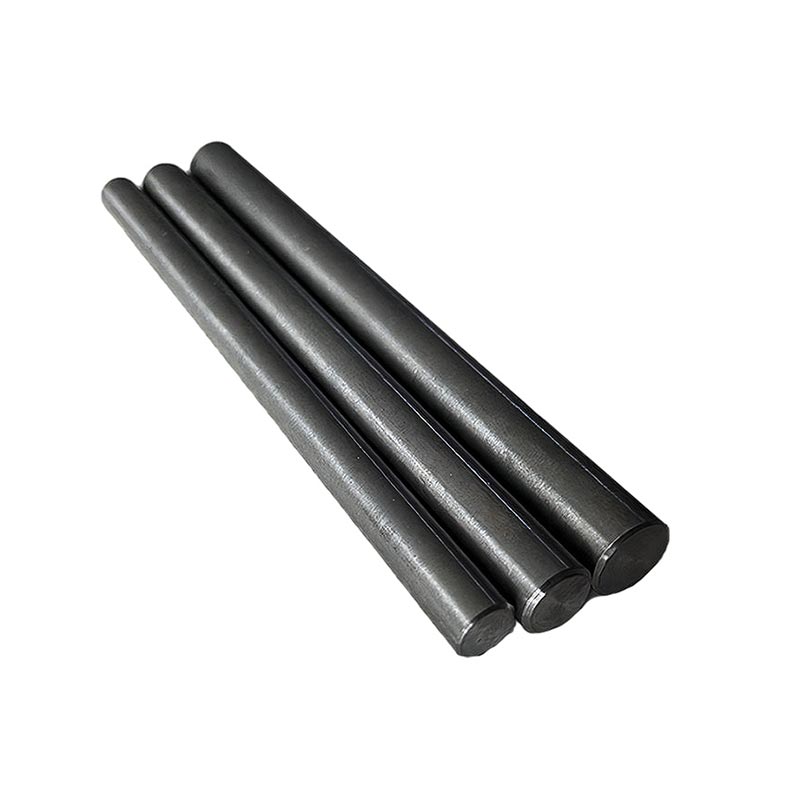Carbon Steel Bar
● A carbon steel bar is a solid, elongated rod made from carbon steel—an alloy of iron and carbon, with minimal other elements. Classified by carbon content (low, medium, high), it varies in strength and ductility.
● Low-carbon bars (e.g., A36) are ductile and weldable, used in construction or fasteners. Medium-carbon types balance strength and toughness, ideal for machinery parts. High-carbon variants are hard and wear-resistant, suited for tools or springs.
● Available in shapes like round, square, or hexagonal, they come in various lengths and diameters. Widely used in manufacturing, construction, and engineering, these bars serve as raw material for fabrication, structural support, or component production.
View Video
EN8/EN9 En Series Round Steel Bar
EN8 and EN9 are European standard round steel bars, part of the EN series, valued for their mechanical properties. EN8 (medium carbon, ~0.4% C) offers good strength and machinability, suitable for shafts, bolts, and general engineering parts. EN9 (higher carbon, ~0.5% C) provides increased hardness and wear resistance after heat treatment, ideal for gears, axles, and heavy-duty components. Both feature good weldability and formability, widely used in machinery, automotive, and manufacturing for reliable, cost-effective structural and functional parts.
Get A Quick Quote!
You Can Leave Us A Message
or Send Us An Email!
Product Details
Product Parameters
Packaging and Transportation
Related Products
Leave Us Message
Please give us a message
What are you lookking for?


